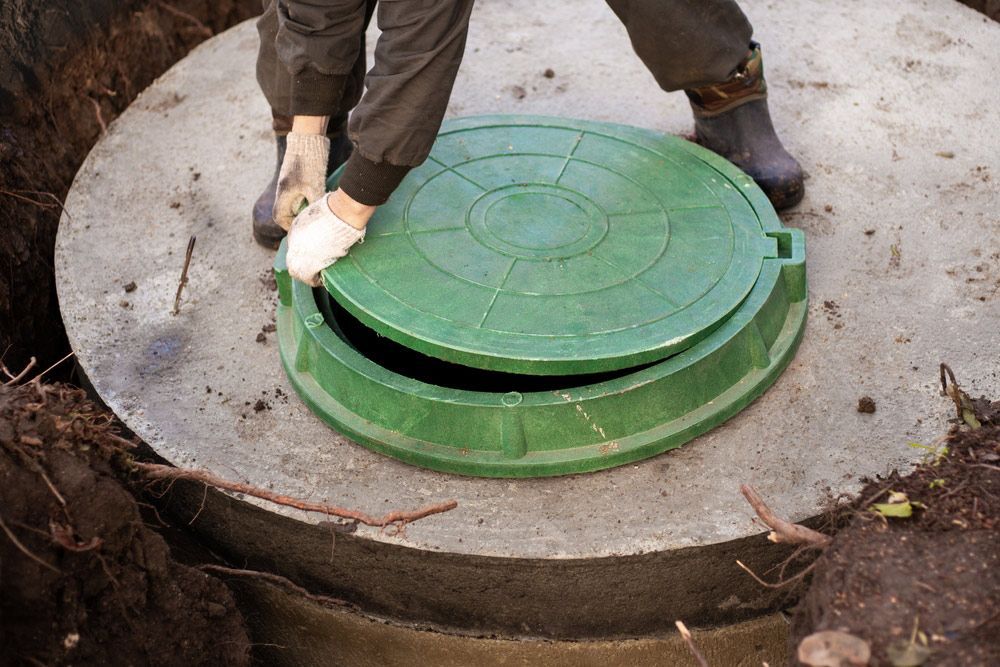The Anatomy Of A Septic Tank: How It Works
Ever wondered what happens to the water you flush down the toilet or drain from the shower? If you're not connected to a public sewer system, then you're most likely relying on a septic system to manage your household wastewater. To learn more about how these systems work, dive in with us as we unravel their inner workings, from wastewater pumps and sewage treatment to the unsung heroes – bacteria.
What is a Septic System?
A septic system is a silent warrior, working tirelessly underground to manage sewage and household waste for properties not connected to public sewer systems. It's like having your very own wastewater treatment plant right in your backyard! These systems are critical in treating and disposing of wastewater in an eco-friendly manner, ensuring our environment stays healthy and clean.
How Does a Septic System Work?
Wastewater Pumps: The Unsung Heroes
Wastewater pumps are the trusty sidekicks in your septic system, ensuring sewage makes its way from your property to the septic tank. With a variety of pumps, including effluent, grinder and solids handling pumps, there's a pump suited for every application. These pumps keep things moving, ensuring your septic tank is always ready to tackle the next load of wastewater.
Bacteria: The Tiny Powerhouses
Bacteria might be small, but they pack a punch when it comes to breaking down and treating waste in your septic tank. Anaerobic bacteria get to work breaking down solid waste into sludge, while aerobic bacteria polish things off by decomposing the sludge into gases, water and other by-products. Without these little warriors, your septic system wouldn't stand a chance.
Separation and Treatment: A Tale of Three Layers
When wastewater enters the septic tank, it’s time for a little separation. Solid waste sinks to the bottom, forming sludge, while lighter materials like grease and oil rise to the top, creating a scum layer. Caught in the middle is the liquid effluent, just waiting to make its way out into the drain field.
The bacteria in the tank work their magic, breaking down the solid waste, while the liquid effluent gradually flows into the drain field. Here, the soil steps in as a natural filter, removing harmful bacteria and contaminants as the effluent percolates through the earth.
How to Treat Wastewater: A Love Letter to Your Septic System
Show your septic system some love by following these steps for efficient wastewater treatment:
- Regular Inspections: Like a check-up with the doctor, schedule a professional inspection of your septic system every 3-5 years to catch potential issues and keep things running smoothly.
- Pumping: Pump your septic tank every 3-5 years to prevent excess sludge build-up and keep your system fighting fit.
- Mindful Water Use: Conserve water and avoid overloading your septic system by fixing leaks, using low-flow fixtures and spacing out laundry loads.
- Proper Waste Disposal: Treat your septic system with respect by avoiding flushing non-biodegradable items or harmful chemicals down the drain.
- Protect the Drain Field: Keep heavy vehicles and equipment off the drain field and avoid planting deep-rooted trees nearby to prevent damage to your system.
The Septic Doctors
A well-maintained septic system is a happy septic system. If you need expert assistance with your septic tank, look no further than Bevan Plumbing. Our experienced team can help you maintain and optimise your system, ensuring efficient wastewater treatment for years to come. Contact us today and give your septic system the care it deserves.








